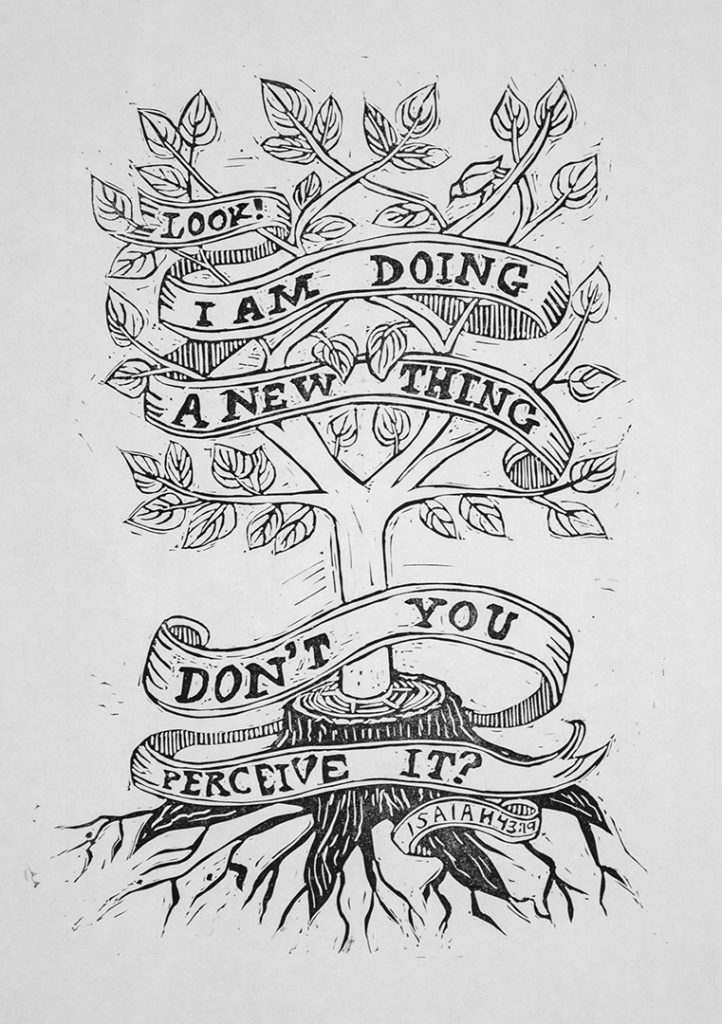 May marks a 15-year anniversary for me: 15 years since hearing a diagnosis of bipolar type 2, 15 years of taking mood disorder medication, 15 years of trying different doses—and trying different times of day for taking those doses. 15 years of different therapists, different psychiatrists … May also marks my sixtieth birthday, so of late I have been particularly reflective about the passage of time in my life.
May marks a 15-year anniversary for me: 15 years since hearing a diagnosis of bipolar type 2, 15 years of taking mood disorder medication, 15 years of trying different doses—and trying different times of day for taking those doses. 15 years of different therapists, different psychiatrists … May also marks my sixtieth birthday, so of late I have been particularly reflective about the passage of time in my life.
First, I should explain that bipolar is a brain disorder that causes shifts between high and low moods. With bipolar type 2, the high moods are characterized by hypomania and the low moods are characterized by depression. While bipolar 2 can look like depression, the treatment is different. In fact, treating bipolar type 2 solely with antidepressants can trigger mania or hypomania.
With mental illness, the stigma is such that on average people wait 10 years before seeking help. That statistic applies to me. Prior to the diagnosis, I thought the root cause of my mood changes was PMS (premenstrual syndrome). I did not discuss it with my doctors and did not imagine my cycles were notably different from what others experienced. Instead, I spent years thinking that I needed to power through … because that’s what smart, strong, successful women do.

Upon hearing the diagnosis, I hid my treatment in both my personal and professional life for another 10 years. I discussed very few details with those closest to me, and I told very few people outside my family. The stigma felt oppressive and silence felt safe. I admit I was proud of my career accomplishments and absolutely perceived that bringing my whole self to work would jeopardize all that I had achieved.
Ironically, it was at work where I discovered the toll of hiding my diagnosis. My company sponsored a workshop that involved much-needed reflection about how I showed up at work, how I showed up at home, and how those aspects of my life intersected and impacted my effectiveness. Not only was I hiding my diagnosis, but I was using a tremendous amount of energy doing so. I gradually confided in co-workers and those one-to-one conversations gave me courage and created safe space at work. Before long I was sharing my story—at work, at church, and in the community. With each sharing opportunity over the last five years, I have learned more about what, how and when to share … because nobody needs to know all the details!
While you may have noticed my inclination to mark the passage of time in years, the greatest lesson I continue to learn is how to take things one day at a time. The combination of medication, therapy and support from loved ones makes a remarkable difference in my quality of life. It is also true that my faith journey, including self-care, means trusting I am equipped to thrive every day—in spite of managing bipolar type 2.
The scriptures are full of reminders that God continues to do a new thing—in us, around us and through us. My favorite reminder is from Lamentations 3:22–23:
“Through the Lord’s mercies we are not consumed, Because His compassions fail not. They are new every morning; Great is Your faithfulness” (NKJV).
I did not get where I am overnight and, on the eve of 60 years, I hope I have a long way to go. Wherever this journey takes me, I am grateful to take it one day at a time.
—Anne Harris Carter
art by Stephanie Heifner


